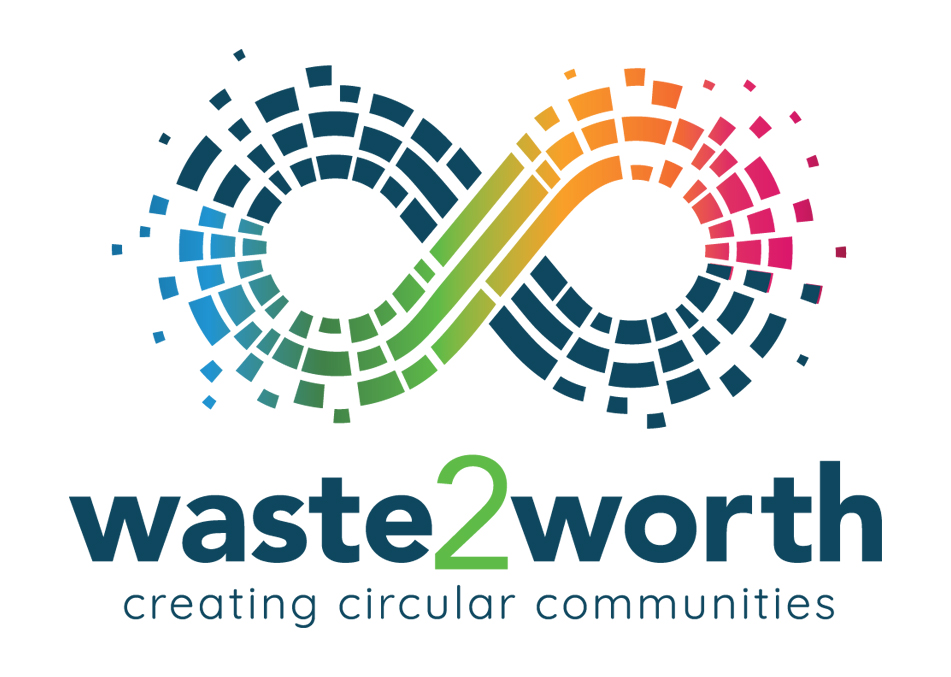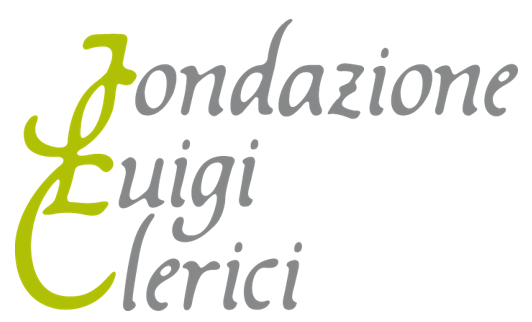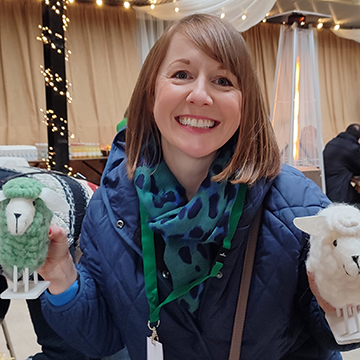
By Eliseah Robinson – BIA Innovator Campus, Ireland.
Design thinking (DT) is a human-centred approach to creating innovative solutions to business problems. This strategy is modelled around the designer’s mindset; it harnesses the power of creativity to solve problems. Design thinking is just as much a philosophy as a methodology.
DT shares many core concepts with the food sector and its food development process. Both models focus on the needs of the end-user, they share a similar process of designing, testing and refining and they are both rooted in creativity.
The five stages of design thinking are empathise, define, ideate, prototype and test. Let’s explore design thinking in the context of product creation, namely, gluten-free products.
Empathise
Gluten-free products were developed for people suffering from coeliac disease. This disease affects many people and inhibits their ability to digest gluten. The core principle of design thinking is empathising with users to create a tailored solution that meets their needs. Making gluten- free products requires knowledge and understanding of consumers dietary requirements to create satisfying alternatives.
Define
This phase involves determining the problem based on the insights acquired during the empathise phase. In this context, the problem is many widely enjoyed staples such as bread, cakes and pasta contain gluten. While there are natural alternatives to gluten such as corn, potatoes and rice, coeliacs are nevertheless restricted due to their dietary requirements.
Ideate
The ideate phase involves coming up with potential solutions to the problem identified in the previous step. This phase draws on the designer’s creative toolkit for crafting innovative solutions. Developing new products requires creativity to transform ideas into tangible products, such as gluten-free alternatives to bread and cakes.
Prototype
The prototype phase involves building a tangible product based on your ideas. This is arguably the most challenging phase as it involves bringing your ideas to life. There is a great deal of experimentation required to build an innovative prototype. This phase may have to be revisited as new insights emerge. Design thinking is a non-linear process of building and refining in response to feedback from end-users, similarly to product development that also requires modifications to create the best product for consumers.
Test
Testing is the final phase of both design thinking and product development. This phase is about gathering feedback from users on your prototype. This step is inherently human-centred as it involves direct engagement with users. New food products are developed by and for people and perfectly encapsulates the design thinking human-centred philosophy.















